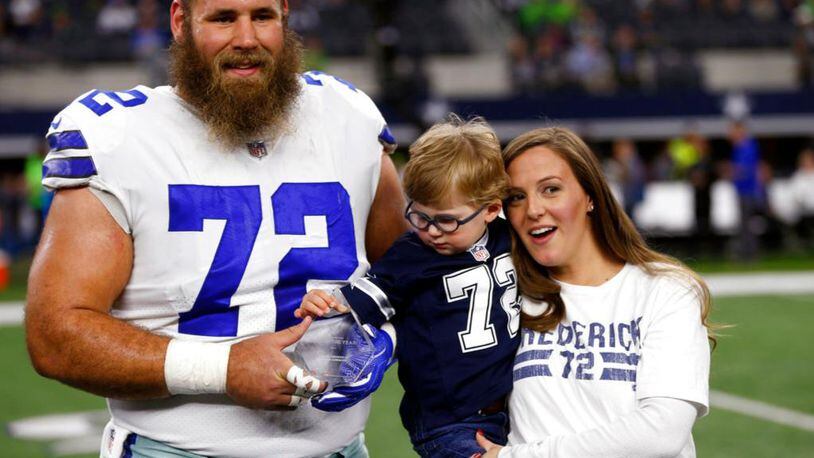What is Guillain-Barre syndrome? Here’s a look at the disorder.
What is Guillain-Barré syndrome?
Guillain-Barre (gee-YAH-buh-RAY) is an autoimmune disorder – a condition In which the body's immune system attacks nerves.
What are the symptoms of Guillain-Barre?
According to the Mayo Clinic, Guillain-Barre syndrome (GBS) often begins with tingling and weakness in a person's feet and legs. Eventually, the tingling spreads to the upper body and arms. Others will first feel the symptoms in the arms or face.
Here are the symptoms the Mayo Clinic says Guillain-Barre syndrome may include:
Prickling, pins and needles sensations in your fingers, toes, ankles or wrists
Weakness in your legs that spreads to your upper body
Unsteady walking or inability to walk or climb stairs
Difficulty with eye or facial movements, including speaking, chewing or swallowing
Severe pain that may feel achy or cramplike and may be worse at night
Difficulty with bladder control or bowel function
Rapid heart rate
Low or high blood pressure
Difficulty breathing
People with Guillain-Barre syndrome usually experience their most significant weakness within two to four weeks after symptoms begin.
There are several types of Guillain-Barre
The main types of Guillain- Barre are:
Acute inflammatory demyelinating polyradiculoneuropathy (AIDP). This is the most common form of the disorder. AIDP usually begins with muscle weakness that starts in the lower part of your body and spreads upward.
Miller Fisher syndrome (MFS). This form of GBS starts with paralysis in the eyes, and often an unsteady gait. MFS occurs in about 5 percent of people with Guillain-Barre syndrome in the U.S. but is more common in Asia, the Mayo Clinic says.
Acute motor axonal neuropathy (AMAN) and acute motor-sensory axonal neuropathy (AMSAN). These versions of the disorder are more common in China, Japan and Mexico.
What causes it?
The cause of GBS isn't known abut is often seen shortly after an infection in the respiratory or digestive tract.
Who is likely to get it?
Young adult males are more likely to get GBS. Other risk factors that can trigger GBS are:
An infection caused by campylobacter, a type of bacteria often found in undercooked poultry
Influenza virus
Cytomegalovirus
Epstein-Barr virus
Zika virus
Hepatitis A, B, C and E
HIV, the virus that causes AIDS
Mycoplasma pneumonia
Surgery
Hodgkin's lymphoma
Rarely, influenza vaccinations or childhood vaccinations
What kind of complications can it cause?
GBS affects the nerves, and that can cause problems throughout your body. Some of the problems people with GBS can experience include:
Breathing difficulties if the disorder affects the muscles that control breathing.
Residual numbness or other sensations if you do not fully recover from the disorder. Most people, however do fully recover.
Heart and blood pressure problems.
Nerve pain.
Bowel and bladder function problems if those nerves are affected.
Blood clots if you are unable to easily move about.
How is Guillain-Barre syndrome treated?
There are two types of treatment for the disorder. One is intravenous injections of immunoglobulins – or proteins made by the immune system. These injections come from donors.
The other treatment is an exchange of plasma the liquid part of the blood. The plasma is removed and the blood cells are returned to the patient. well as physical therapy to help regain muscle strength.
What is the Outlook:
As Guillain-Barre syndrome progresses, muscle weakness can evolve into paralysis. However, most people fully recover from GBS over several months.
Credit: Rick Scuteri
Credit: Rick Scuteri
About the Author
